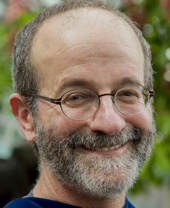
204 Paige Hall, Tufts University, Medford MA 02155 david.hammer@tufts.edu; 617-627-2396.
I’m a professor at Tufts, in the departments of Education and Physics & Astronomy, as well as the Institute for Research on Learning and Instruction.
My research is on learning and teaching in STEM fields (mostly physics) across ages from young children through adults. Much of my focus has been on intuitive "epistemologies," how instructors interpret and respond to student thinking, and resource-based models of knowledge and reasoning.
This is a list of my publications, with links to some files. If you’re interested and not sure where to start, try Case Studies of Children’s Inquiries or Student Resources for Learning Introductory Physics. For classroom videos, check out Students Doing Science or the earlier Responsive Teaching in Science. And this is a "virtual classroom visit" to Physics 11 from about 10 years ago.